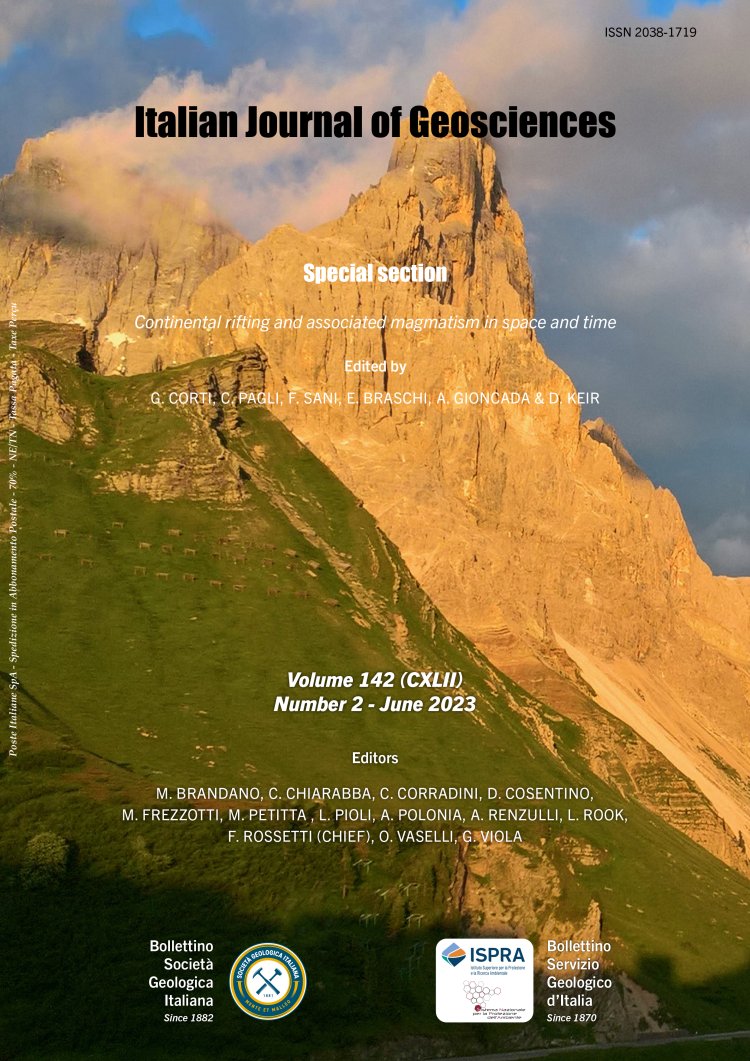
Original visual imaging in Marsili’s (1658–1730) geology and mapping
Gian Battista Vai1 & Stefano Marabini2
1Museo Geologico Giovanni Capellini, Alma Mater Studiorum, Accademia delle Scienze dell’Istituto di Bologna. Via Zamboni 63, Bologna.
2Museo Geologico Giovanni Capellini. Via Zamboni 63, Bologna.
Corresponding author e-mail: giambattista.vai@unibo.it
Volume: 142 (2023) f.2
Pages: 262-288
Abstract
Bologna was the birth place of the word Geology by Aldrovandi (1522–1605) in 1603, and of visual imaging of geologic outcrops and landscape by Marsili’s (1658–1730) works, having forerunner in Leonardo (1452–1519). Wide use of visual graphics and imaging characterizes Marsili’s geologic production, under the influence of a tradition beginning with Aldrovandi and peaking with Malpighi’s (1628–1694) teaching and anatomical works, ending in detailed drawings, as done also by Malpighi’s friend Steno (1638–1686), a (re)founder of geology. Marsili’s early visual geologic representations, such as the gypsum structures in the quarries and caves of the Bologna hills (1698), the profiles across the Swiss Alps (1705), the subterranean bedding and an early geological map in the Romagna sulphur mines (1717–1718) show his intent to. dissect geological bodies observed through Europe, as he was thought by Malpighi to do with human bodies. Such original aesthetic scientific design in geology grew in Marsili’s maturity far beyond Steno’s teaching, as shown in Marsili’s major treatises on Danube and oceanography and in his monumental archive, at the Bologna Institute.
Marsili’s cartographic skill is highlighted by his manuscript Oreographic Map of Europe, which is the first example of structural map at continental level, as shown by physical connections across seas and alluvial plains of major European mountain belts: Donets through Volga Heights to Karelid chains and Cola Peninsula, Harz Mountains to Norvegian chain, Pyrenees to Provencal chain, Balkan chain to Crimea and Caucasus chain, Bethic to Rif chain (Gibraltar arc), Sicily Apennine to Maghrebian chain, Apulia to Hellenic belt. Relevance of the selected case histories demonstrate that this is not a geographic but a geological map by which Marsili aimed at unravel subsurface structures and trends.
Keywords
Get Full Text